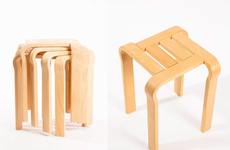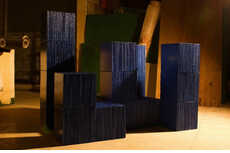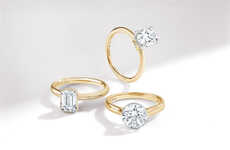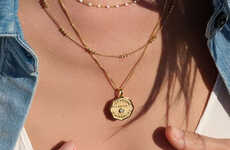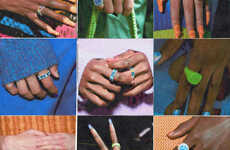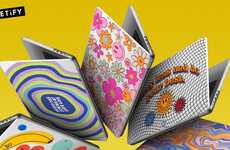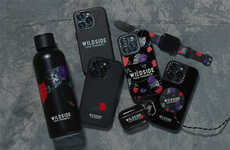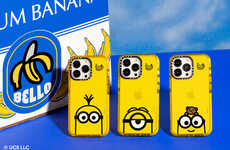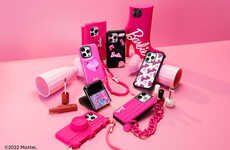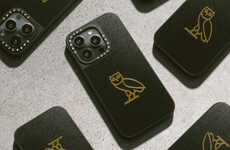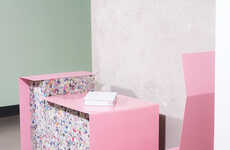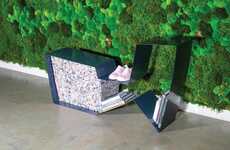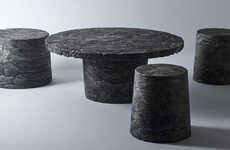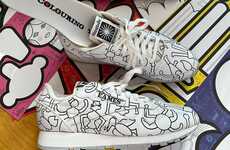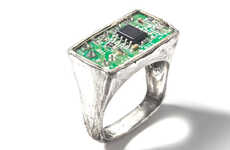

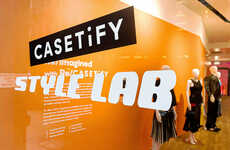
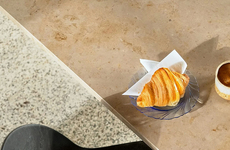
Sustainable design brands use electronic waste to create products
Trend - Globally, discarded electronics have become a huge source of waste. For some interior design and jewelry brands, this waste presents an opportunity to repurpose materials and create upscale decorative pieces. Furniture and jewelry pieces made from e-waste offer sustainability and a unique selling point.
Insight - The popularity (and often, necessity) of electronics, coupled with brands creating products with shorter life cycles, has had a huge impact on global waste in the last 20 years. Consumers are becoming more conscious of the environmental impact of even "upscale" investments, and more are choosing brands that operate on sustainable business models. These consumers turn to businesses that are able to seamlessly merge sustainable principles with contemporary design.
Insight - The popularity (and often, necessity) of electronics, coupled with brands creating products with shorter life cycles, has had a huge impact on global waste in the last 20 years. Consumers are becoming more conscious of the environmental impact of even "upscale" investments, and more are choosing brands that operate on sustainable business models. These consumers turn to businesses that are able to seamlessly merge sustainable principles with contemporary design.
Workshop Question - In what areas could your brand incorporate upcycled materials to reduce its impact?
Trend Themes
1. Upcycling E-waste - Repurposing electronic waste to create high-end furniture and jewelry pieces presents a unique selling point, as consumers become more conscious of environmental impact.
2. Sustainable Design - Sustainable design is becoming increasingly important to consumers, who are drawn to brands that can seamlessly combine sustainable principles with contemporary aesthetics.
3. Eco-conscious Manufacturing - Brands are experimenting with methods of eco-conscious manufacturing, using recycled materials to create new products that are both aesthetically unique and sustainable.
Industry Implications
1. Interior Design - Interior design brands are repurposing e-waste to create upscale decorative pieces and furniture, presenting disruptive innovation opportunities for sustainable and unique products.
2. Jewelry - Jewelry brands are utilizing upcycled e-waste to create high-quality jewelry pieces, with an emphasis on sustainability and incorporating digital elements with vintage aesthetics.
3. Furniture Manufacturing - Furniture manufacturers are exploring eco-conscious manufacturing methods, experimenting with recycled materials to create new, sustainable pieces that have a unique look and feel.
4 Featured, 36 Examples:
70,341 Total Clicks
Date Range:
May 22 — Jun 23
Trending:
Warm
Consumer Insight Topics:

